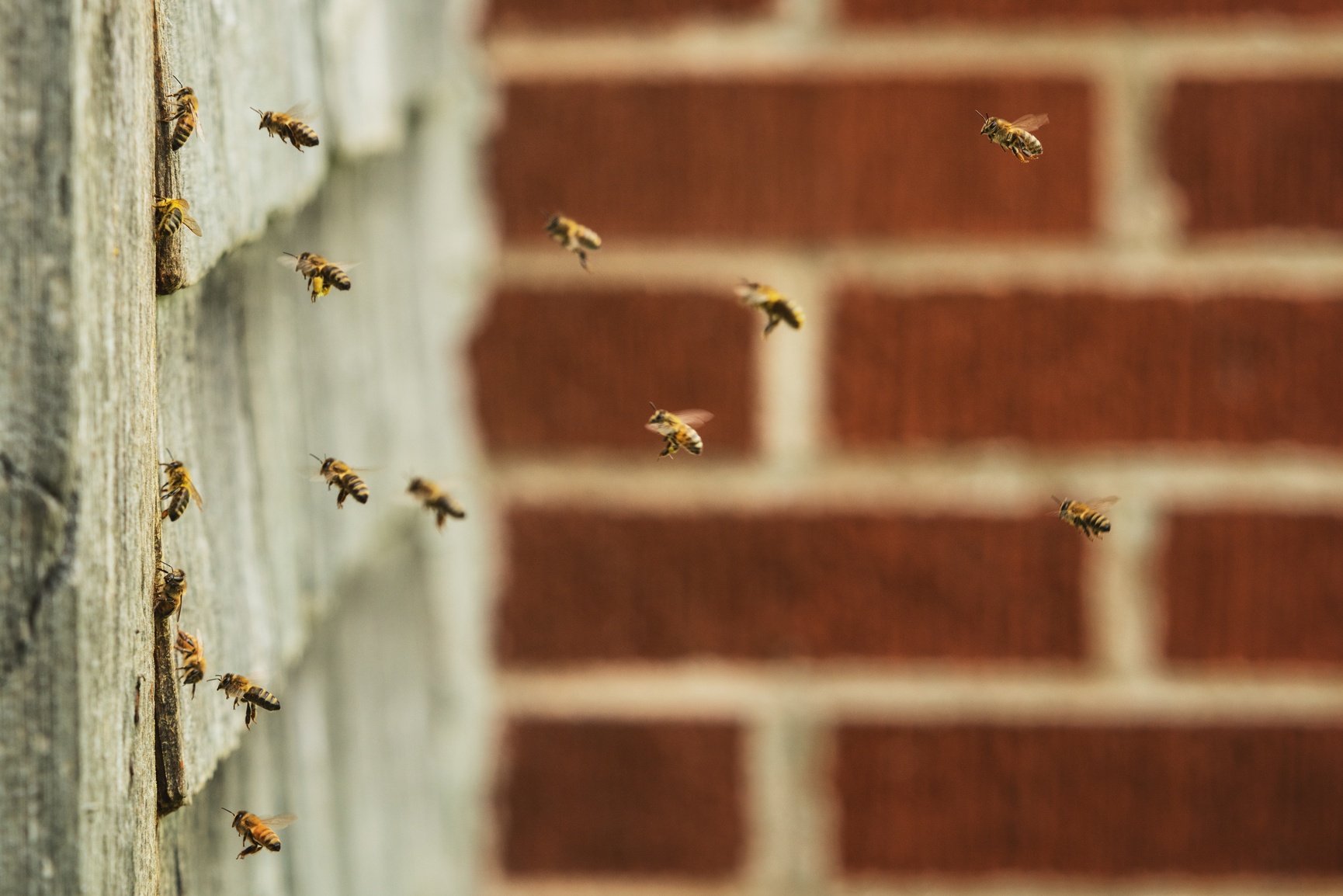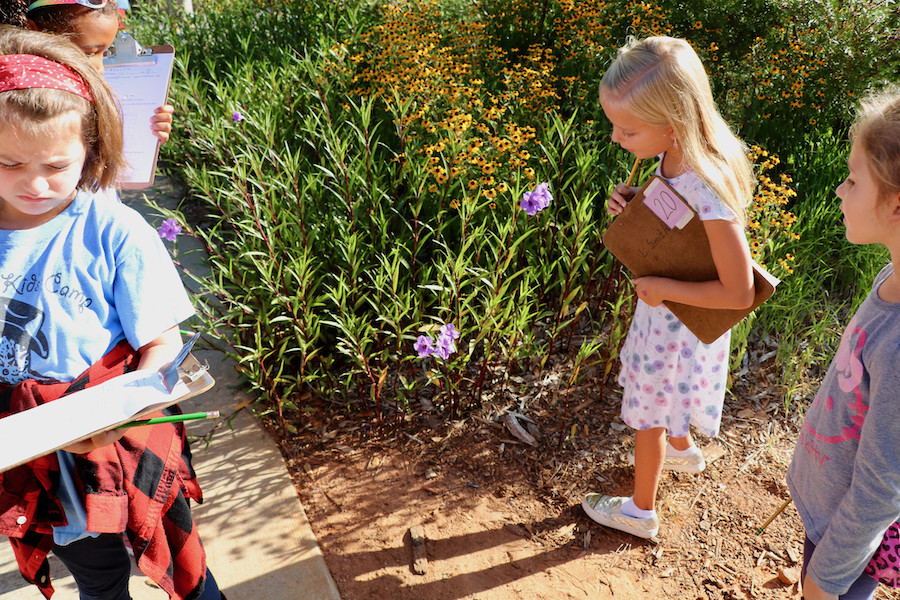 CAES News
CAES News
Michelle Samuel-Foo
As a child, Michelle Samuel-Foo would wake early on Saturday mornings to help her mother get the crops ready for market. She loved working on her family’s farm, where they grew everything from spinach to okra to tomatoes. Being in the field and watching insects do their jobs to help — or sometimes hinder — the family’s efforts to make a living from the land were a favorite pastime.


.jpg)
.jpeg)

